Cody Izzo: Once a student, now a teacher
April 15, 2016
Recently, Cody Izzo visited Columbia University’s Scholastic Press Association conference in order to present to students interested in broadcasting and radio technology. He taught ways to detect and film good content and kept students engaged by using tactics he had learned by attending other presentations. In order to get more insight about Cody’s presentation and his work with broadcasting, I asked him a few questions about this topic.
Q) How did you get involved with this club and radio station at SUNY Adirondack?
A) I got involved with my college’s radio club almost by accident. A lot of my classes were down on the same floor of the same building as the radio station, so I had no choice but to keep walking by it. Eventually, I went in and met some really awesome people there who later became my good friends. They also encouraged me to join the ABA, or Adirondack Broadcast Club, and with them I got to help out at DJing events, as well as helping out at a concert they were producing. I enjoyed it so much that in Fall of 2015 I ran (unopposed) for President of the club! It’s an incredible amount of fun being a part of it, and working with everyone else who is there on planning events and doing club activities (like attend conferences in NYC). I’ve was even interviewed by the local newspaper The Post Star for my involvement in a production that was being put on by the radio station.
Q) What kind of content did you show in your presentations?
A) For my content production panel, I showed some examples of good and bad content that has been played on GTV. For good content, I played Lide Larranaga’s cheerleading video, and I pointed out its effective editing and overall superb production value. For bad content, I played the video I made of Brady Smith freaking out after a broadcast where Jacob Ernst was particularly bad at teleprompting. I used this to demonstrate pointless content that, honestly, didn’t have any redeeming value (it wasn’t even that funny!). Other than those videos, I didn’t get the chance to show a lot of other videos from GTV, but I did show off some pictures of the current GTV studio and of the studio at my college.
Q) What is your favorite part about presenting at Columbia?
A) My favorite part would have to be the students. It sounds cheesy, I know, but when I was there I felt it my responsibility to help the students who came to my panels make better productions, and to be better producers. Not only that, but I enjoyed talking to the ones who came up to me after my presentations. A lot of them had really good things to say, or really interesting questions or problems they were facing. I enjoyed every minute I had interacting with them, and I only hope that what I said helped them in some way. After all, the whole conference is for them, not for me, or any of the other presenters.
Q) After being a student attending these presentations for so many years, how did it feel to present to students?
A) Honestly, I was completely nervous. My biggest worry was not being able to provide useful information to the students, or to have them think I didn’t know what I was talking about. However, those worries went away when I asked an open question to the students during one of the panels, and I had someone look through three pages of notes from my presentation to find the answer. That made me feel really good. Overall though, I felt really honored to be allowed that opportunity, and I would love to do it again.
Q) Since you had attended many of these presentations, what strategies did you learn to use to keep students engaged?
A) There were a few tactics that I took to keep the audience engaged with the presentations. Mainly, I kept the content flowing. I tried not to have a spot where I didn’t say a lot, or that the presentation “stalled out” so to speak. Other than that, I threw in some comedy to lighten the mood, and I used a ton of tips I got from Mr. Swain, the old business teacher, on how to give presentations. His classes were a huge help!
Q) What’s the most rewarding part of being able to share information you learned with students?
A) I would say the most rewarding part is knowing that I was able to help out other clubs who do what GTV do all over the country. To know that I was able to help even just one student with their club is immensely rewarding to me.
Q) How much further do you wish to take your career in broadcasting?
A) While I absolutely love broadcasting, at this time I don’t think it’s a field where I want to continue my career. I am very interested in live productions such as concerts and ceremonies, and I’m looking at a job now at the Great Escape being a sound technician, so hopefully this helps me on that path. I’ll always have fond memories of broadcasting, and it will always be an option for me down the line.
Q) What tips do you have for students involved in GTV or who want to be involved with GTV?
A) I have a few that have helped me quite a bit:
– Don’t be afraid to ask questions. There’s no shame in not knowing something, but there is shame in doing something wrong because you didn’t ask.
– Look for any and all opportunities you can get to gain knowledge and experience. If this means you have to be friends with every professor in the college, so be it! Use any chance you get to better yourself, and to impress those above you.
– Try to not settle for “good.” It’s hard for me to even say it, but it’s true! If you submit something that’s good, someone else is going to submit something that’s better, and someone else is going to be best. Do everything you can to make sure what you submit is the best!

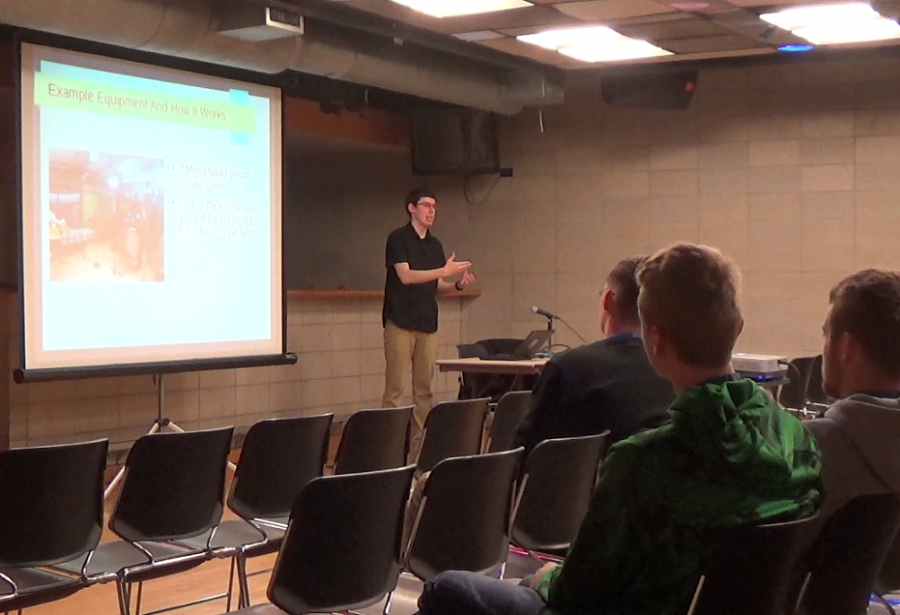

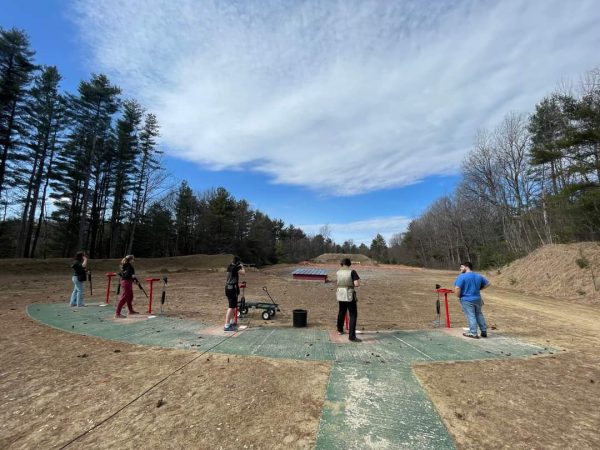
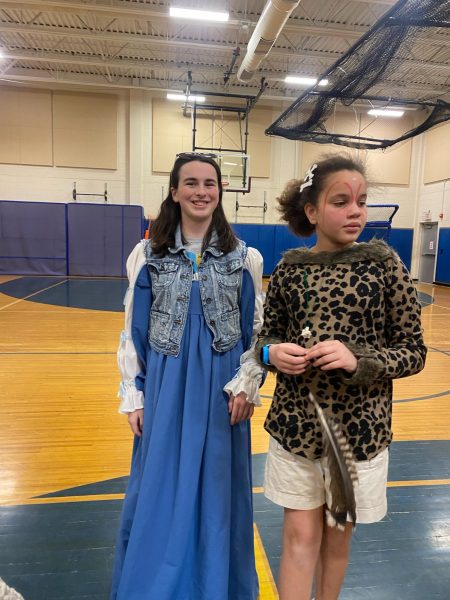
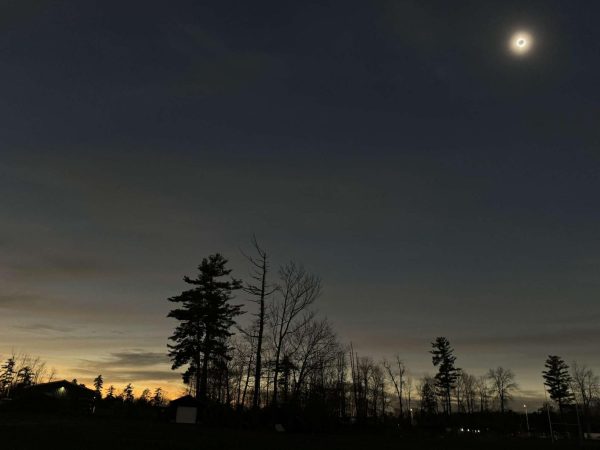
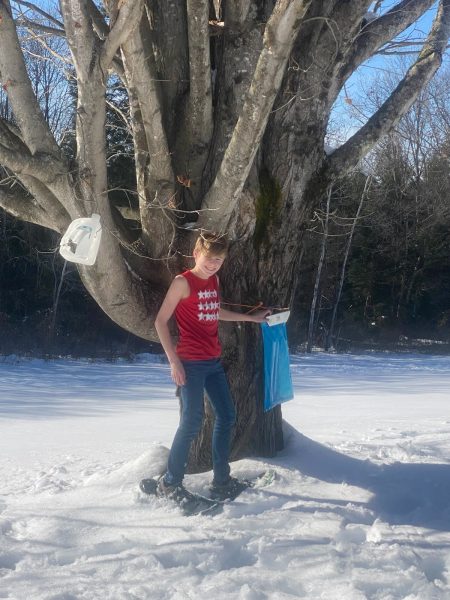
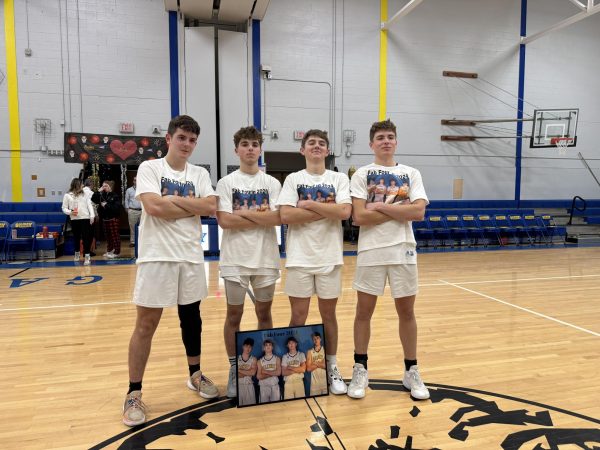
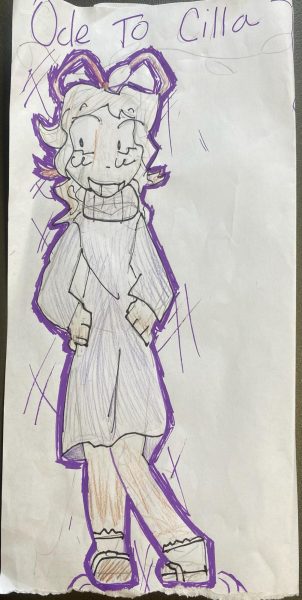
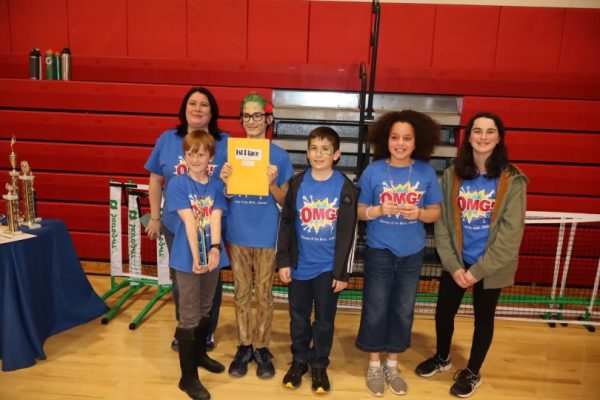
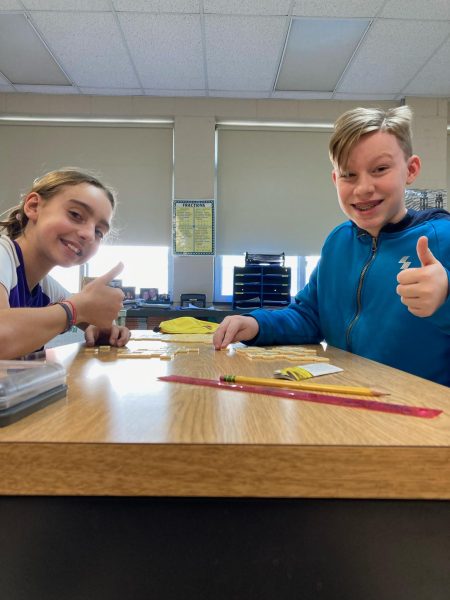
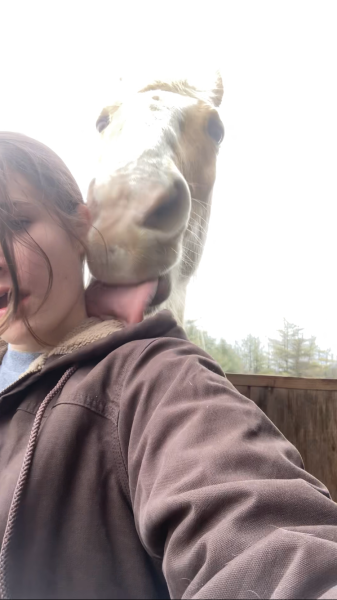
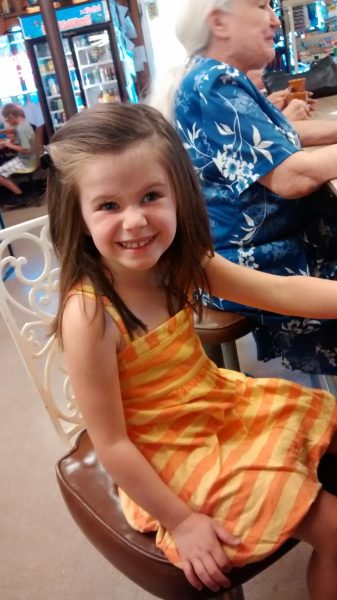
Cheryl Malanoski • May 13, 2016 at 9:53 am
This was a very interesting article! It was great to see what Cody has been doing after High School. Great work!
Mrs. Donovan • Apr 18, 2016 at 2:27 pm
Great story -thank you for sharing!